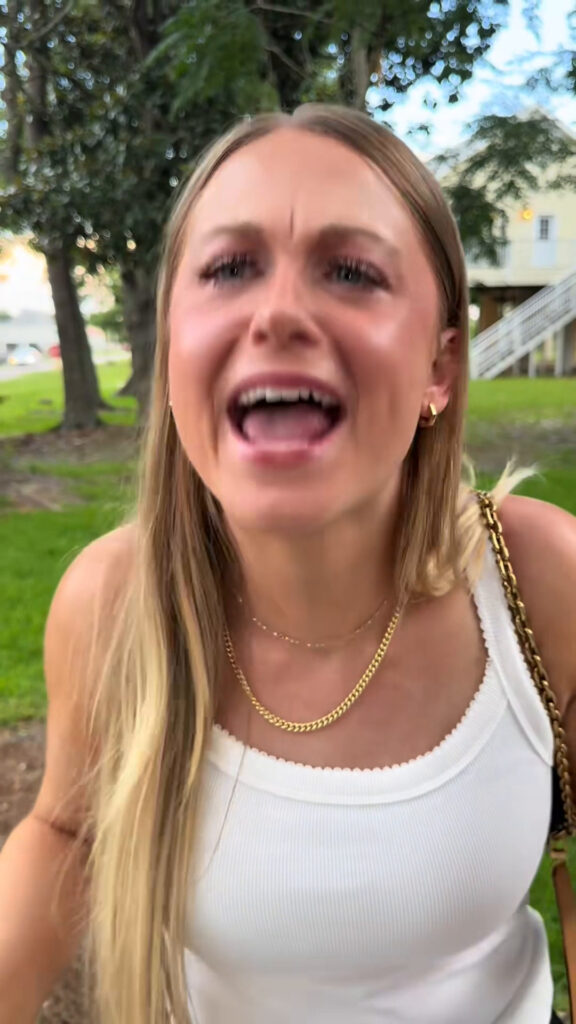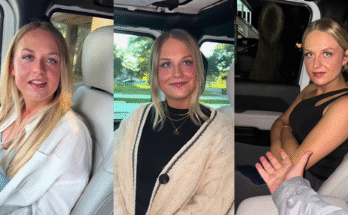
In the vast, sometimes bizarre pantheon of forgotten careers — milkman, lamplighter, human alarm clock — few are as rare, as niche, and as tragically misunderstood as that of the professional whistler.
And fewer still are the souls brave (or bewildered) enough to pursue it with the fiery conviction of Mary Delaney, the would-be Mozart of lips and lungs, who dared to dream in high-pitched trills.
This is the story of how one woman attempted to make the world whistle with her — and how it all came whistling back down.


Chapter 1: The Whistle Awakens
Mary’s journey began, as many great quests do, in the aisles of a suburban craft store.
It was a Thursday. Rainy. The air smelled faintly of cinnamon-scented potpourri and seasonal regret. Mary, then 34, had just lost her job as a greeting card copywriter and was aimlessly wandering the “Inspirational Hobby” aisle when she heard it.
A whistle.
Not the kind of shrill, attention-demanding toot used by angry gym teachers, but a melody. A full-bodied, fluttery rendition of Vivaldi’s Spring, seemingly coming from the ventilation system.
It struck her like a revelation.
“That’s it,” she whispered aloud, startling a nearby child. “That’s my future.”
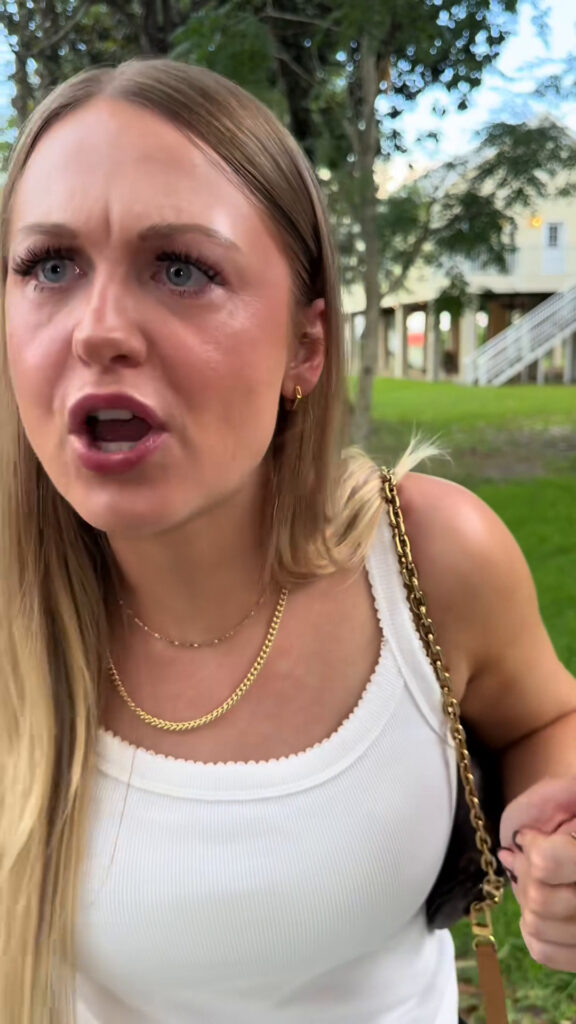
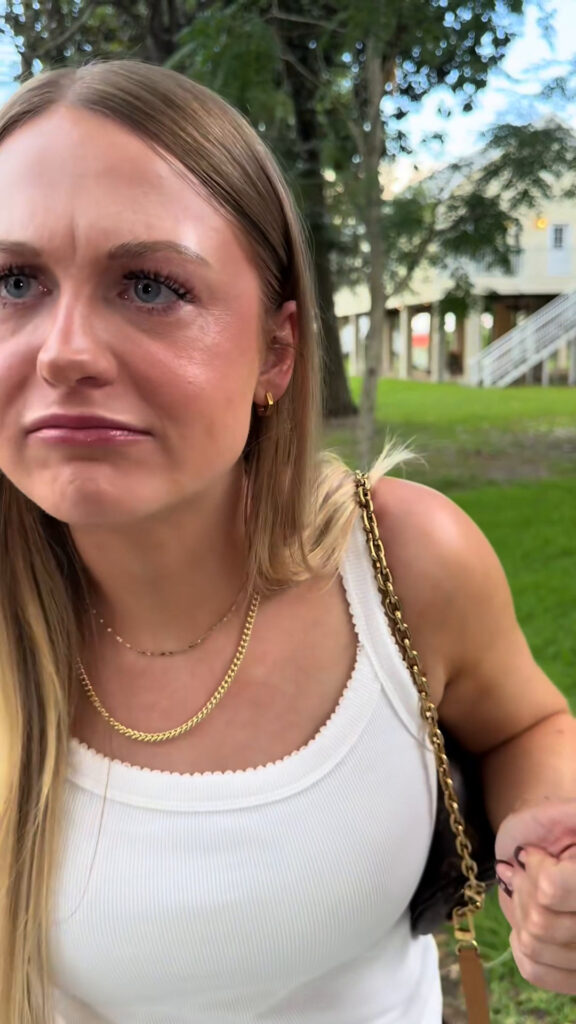
Chapter 2: The Training Begins
Mary was not, by any reasonable standard, a good whistler.
She whistled like someone trying to hide a sneeze while simultaneously blowing out birthday candles. She had breath control that could best be described as “erratic,” pitch consistency that defied the laws of physics, and a range that hovered somewhere between “wheezy” and “ambulance approaching from a distance.”
But Mary had one thing others didn’t: unshakable confidence.
She enrolled in an online course titled “Master the Mouth-Flute: 30 Days to Whistling Greatness”, taught by a man named Lars who filmed his lessons in front of a fish tank and wore a fedora unironically. She bought a full set of “whistling enhancers” — lip balm, airflow restrictors, and a small metronome shaped like a bird.
She practiced in parks, in line at the grocery store, and during family dinners. Eventually, she quit her part-time job at the dog costume boutique to focus on whistling full-time.
“Real artists don’t multitask,” she told her stunned coworkers before blowing a shaky rendition of The Star-Spangled Banner and walking out, cape fluttering behind her.
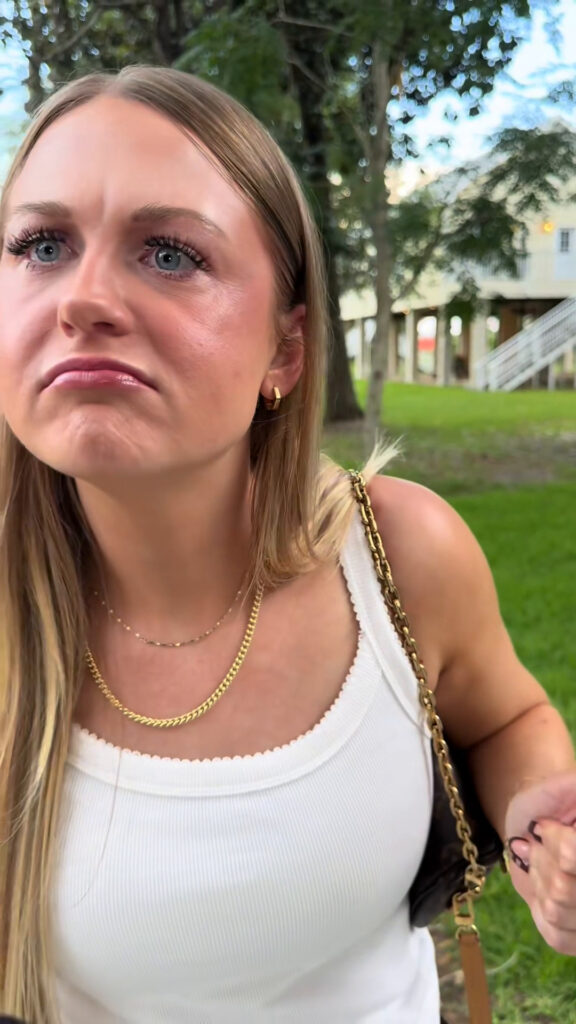
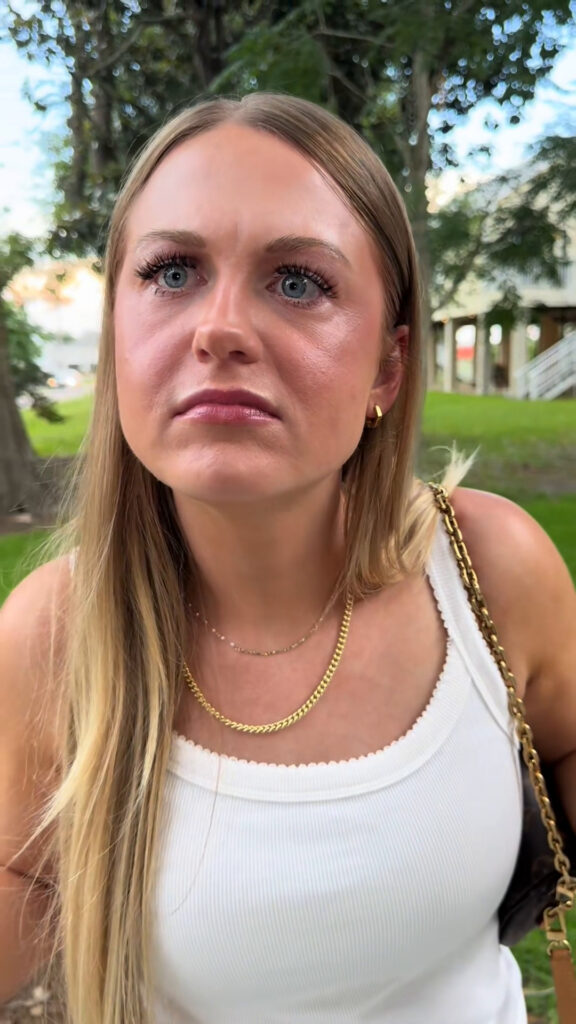
Chapter 3: The Whistling Underground
Professional whistling, it turns out, does exist — just barely.
Mary discovered a small, fiercely devoted community scattered across online forums with names like “Lip Symphony” and “PuckerPros.” There were world championships (mostly in Finland), archived YouTube performances, and even whisperings of a mysterious Japanese whistler who could allegedly imitate an entire jazz band using only his mouth and a harmonica he never played.
Mary was ecstatic.
She began calling herself a “Vocal Wind Specialist.” She created a website — MaryWhistles.com — featuring looping audio of her covering Adele’s Someone Like You in breathy, unrecognizable tones. Her tagline: “Don’t just hear the music. Inhale it.”
Bookings were… slow.
She performed at two children’s parties (one ended with a toddler calling her “Scary Bird Lady”), a farmer’s market (immediately drowned out by a jam band and a goat), and once at a funeral, which was her most successful gig purely because the mourners assumed her warbling was some kind of avant-garde lament.
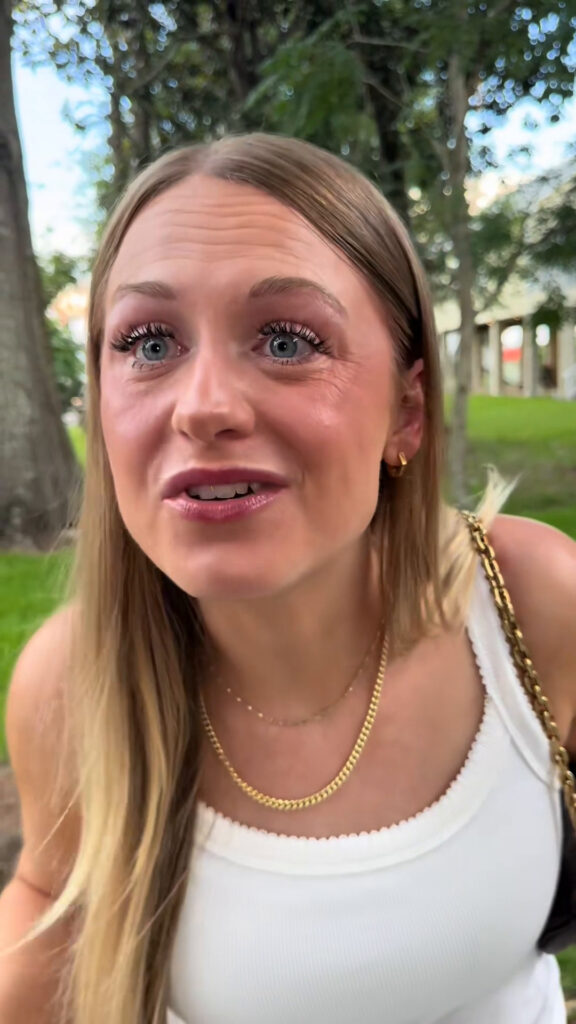

Chapter 4: The Talent Show Tragedy
Mary’s big break — or what she thought would be — came in the form of the Southwest Tri-County Semiannual Talent Quest, a regional contest featuring everything from baton twirlers to interpretive mimes.
Mary entered confidently under the stage name “The Human Flute.”
Her chosen piece: Bohemian Rhapsody.
It was a bold move. Risky. Ambitious. And, as it turned out, catastrophic.
She began strong — if by “strong” we mean “recognizably in the same key as the original.” But by the time she hit the operatic middle section, something went terribly wrong. Her upper register cracked. Her lips dried. A rogue fly entered her mouth mid-“Galileo!”
She choked. Literally.
The sound that emerged was less Freddie Mercury and more wounded teapot. Children screamed. An elderly judge fainted. The emcee attempted to wrestle the microphone from her, but Mary — ever the artist — powered through, gasping and squealing her way to the finale.
It was dubbed “The 7-Minute Mouth Meltdown” on local news.
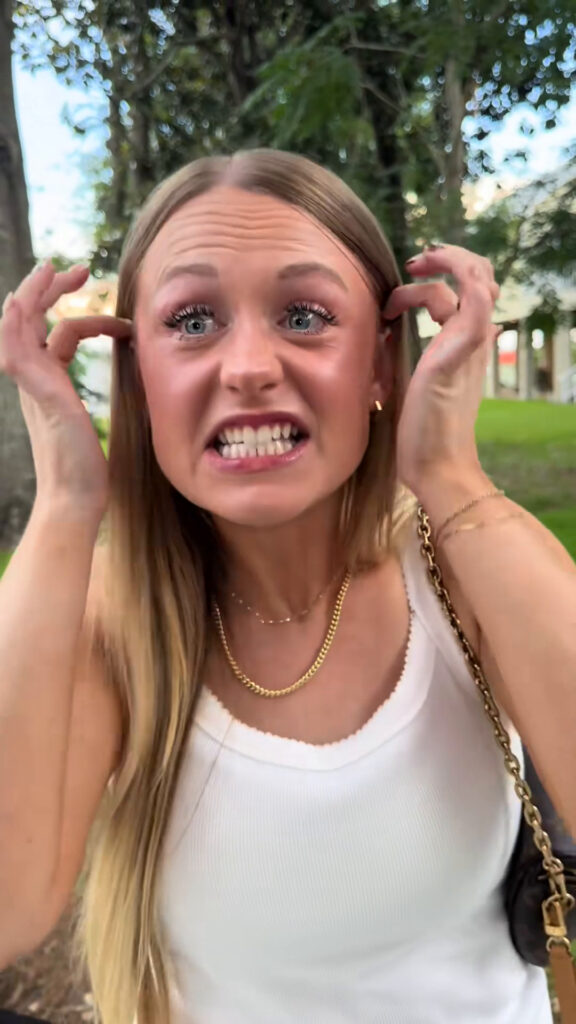
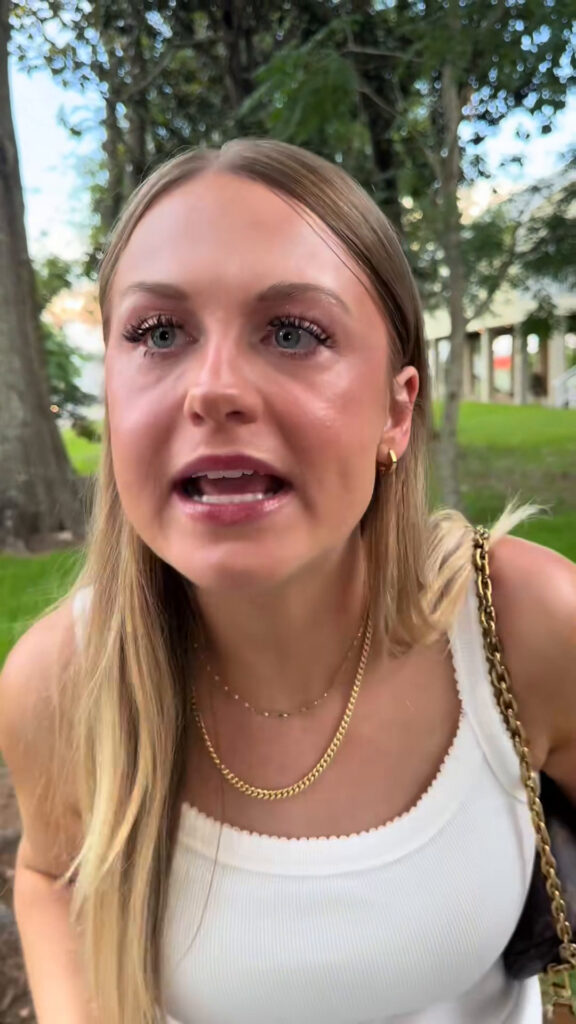
Chapter 5: Viral for the Wrong Reasons
The clip went viral — not in the “sign-me-a-record-deal” way, but in the “look-at-this-trainwreck” meme-sensation way.
Twitter had a field day:
- “She whistled like my Wi-Fi sounds when it’s about to crash.”
- “Is she okay? Blink twice if this is a cry for help.”
- “My dog tried to eat my laptop during this. Thanks, Mary.”
Even Lars from the online course issued a statement:
“While we applaud all efforts to bring whistling to the mainstream, we advise our students to avoid attempting Bohemian Rhapsody without prior animal control consultation.”
Mary was devastated. For the first time in months, her lips were still.


Chapter 6: The Retreat to Silence
Following the disaster, Mary withdrew from the world.
She took down her website. She stopped responding to fan mail (some sincere, most ironically brutal). She moved back in with her mother, a retired tuba player who had once described Mary’s whistling as “inspirational, in the way a slow car crash is technically inspiring because it teaches you what not to do.”
For six weeks, she didn’t whistle once.
She worked quietly at a local bookstore, shelving biographies and hiding any memoirs with titles like Follow Your Dreams or Whistle While You Work.
Her coworkers were forbidden from mentioning the Talent Quest. She walked around wearing lip balm like armor. Her whistle had died, and with it, a part of her soul.


Chapter 7: A Whistle Reborn
It was a slow Tuesday in the bookstore when it happened.
Mary was dusting a shelf of obscure vinyl records when a child walked in — a little boy, maybe seven, dragging a worn teddy bear and humming softly. He stopped in front of her, looked up, and said:
“Hey, can you whistle Baby Shark?”
Mary laughed. A real, open laugh. The first in months.
Without thinking, she puckered her lips and whistled.
Not perfectly. Not brilliantly. But clearly. Strongly. With joy.
The boy beamed. He clapped. “Cool!”
It wasn’t a concert hall. It wasn’t a world championship. It was aisle three of a dusty bookstore — but it was enough.

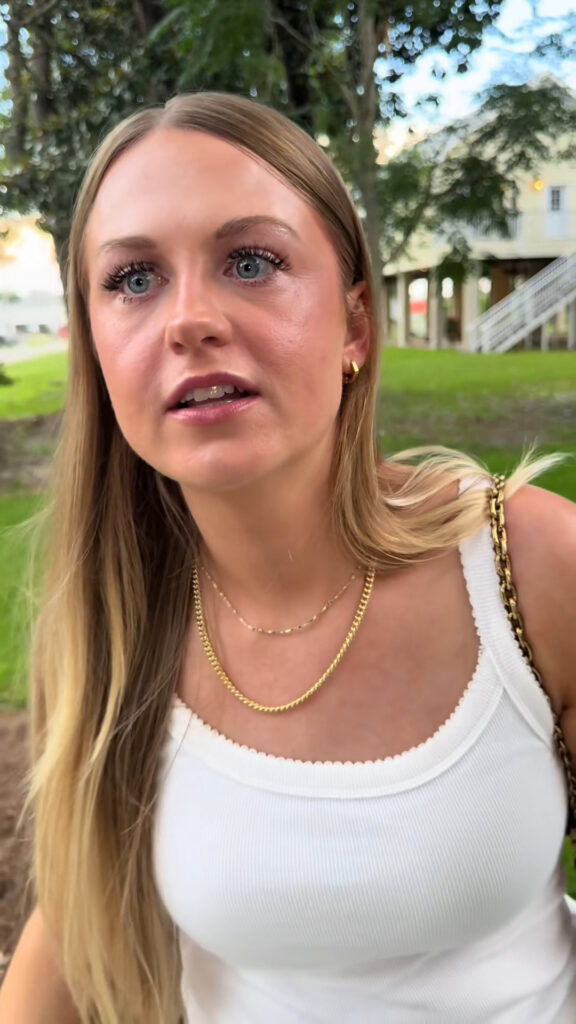
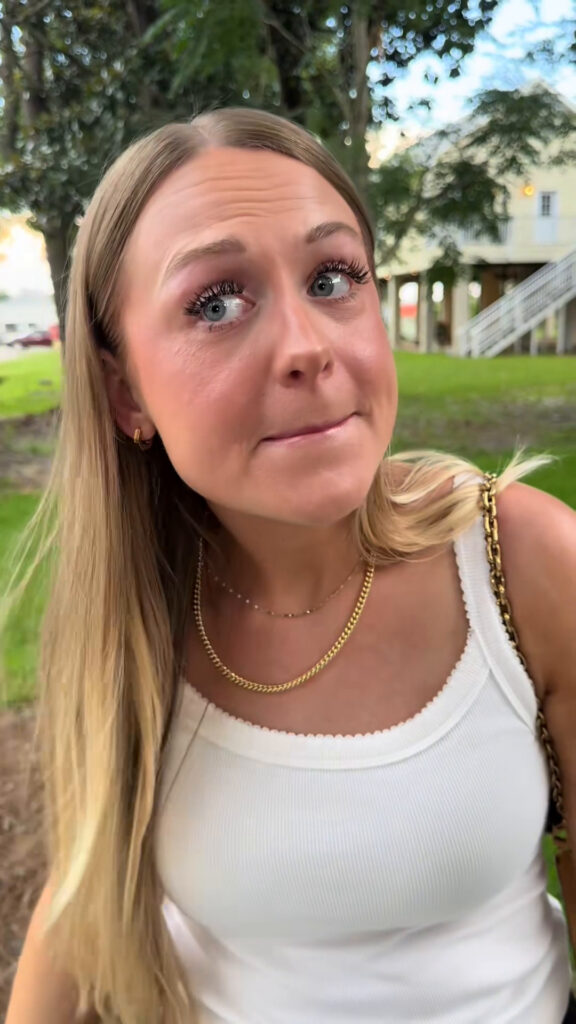

Chapter 8: The New Chapter
Mary never returned to professional whistling.
She never won awards, never toured with Cirque du Soleil (her ultimate dream), and never landed the endorsement deal with ChapStick she once envisioned.
But she found something better.
She began teaching music appreciation at the community center. She led kids’ classes on rhythm, breath, and sound. And yes, she taught whistling — as a fun, not career pursuit.
She still whistles sometimes, mostly to herself, mostly when no one is listening. Her Bohemian Rhapsody attempt is now a running joke among friends. She even signed a DVD copy of the viral video once at a party — leaned into it, finally.
“Failure is just an unfinished solo,” she likes to say now.

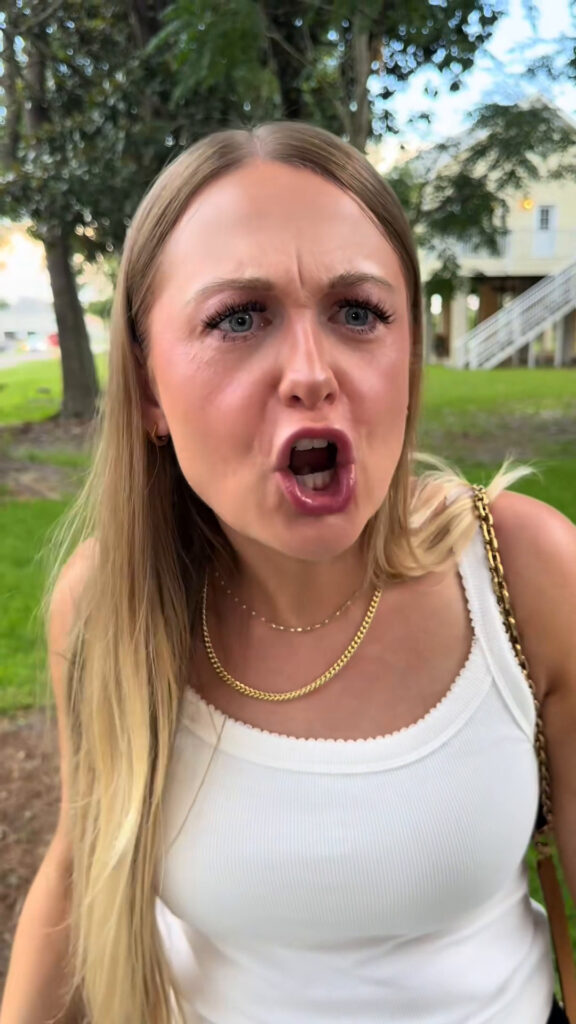
Epilogue: A Note on Dreams
Not all dreams are meant to succeed. Some are meant to break, wobble, and sputter like a clogged kettle on stage in front of 200 people and a goat.
But in those strange, windy pursuits, we sometimes find the parts of ourselves we forgot we had — resilience, humility, and the ability to laugh when the world wheezes back at us.
Mary’s career as a professional whistler may have failed.
But her story? A hit.
And if you listen carefully — say, on a cool spring evening near the Glenhill Book Nook — you might still hear her, softly whistling in the wind.

